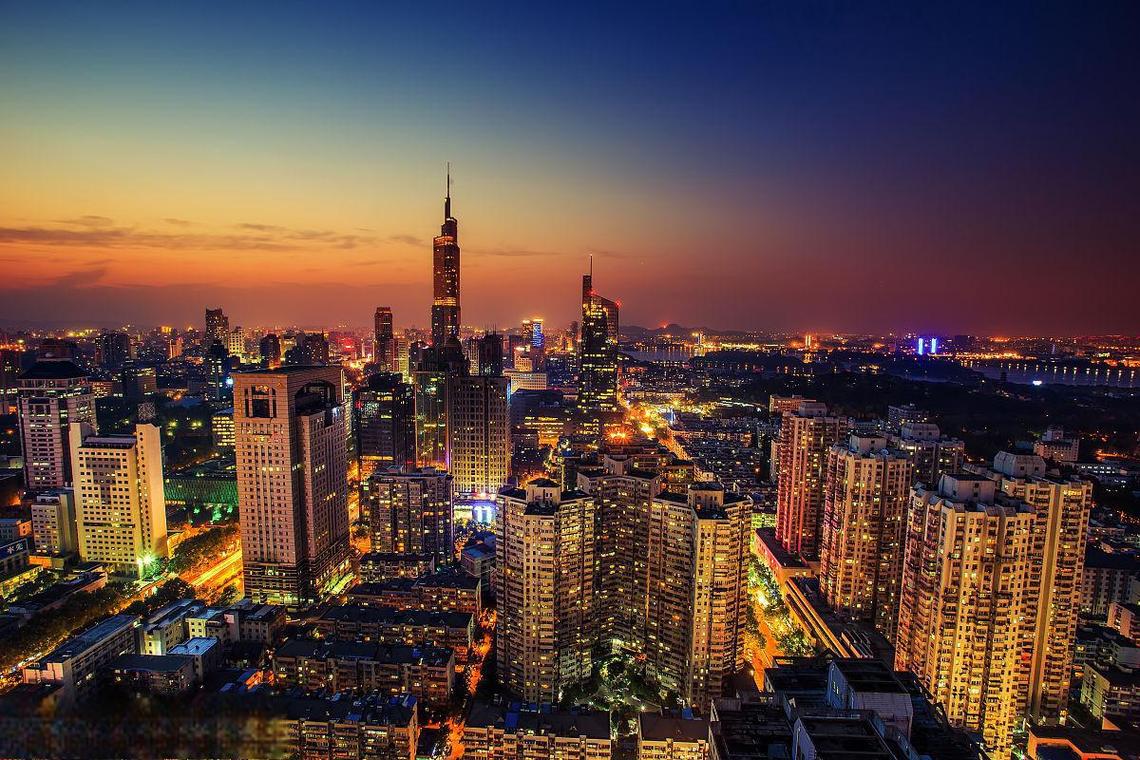Discover Nanjing: A Fusion of Ancient Grandeur and Modern Vitality
Nanjing, the capital of Jiangsu Province in eastern China, is a city where millennia of history intertwine with dynamic urban development. Known as the “Capital of Ten Dynasties” and one of China’s Four Great Ancient Capitals, Nanjing has served as a political, cultural, and economic hub for over 2,500 years. Today, it stands as a thriving metropolis with a population of over 9.5 million, blending its rich heritage with cutting-edge innovation.
Historical Legacy: Echoes of Imperial Splendor
Nanjing’s history dates back to the Bronze Age, with evidence of human activity spanning 500,000 years. It rose to prominence during the Six Dynasties (229–589 CE), when it became a cradle of Chinese art, philosophy, and governance. The Ming Dynasty (1368–1644) left an indelible mark here, with Emperor Zhu Yuanzhang constructing the world’s longest city walls—35.3 kilometers of stone and brick that still encircle parts of the city today.
Tragedy also shaped Nanjing’s identity. The 1937 Nanjing Massacre, a dark chapter during World War II, is memorialized at the Nanjing Massacre Memorial Hall, a somber reminder of resilience and peace. Yet, the city’s spirit endures, symbolized by landmarks like the Sun Yat-sen Mausoleum, honoring the father of modern China, and the Ming Xiaoling Mausoleum, a UNESCO World Heritage Site.
Urban Development: Bridging Past and Future
Nanjing’s urban landscape harmonizes tradition with modernity. The city’s layout follows the ancient principle of “mountains as screens and rivers as belts,” creating a natural fortress along the Yangtze River and Purple Mountain. In recent decades, Nanjing has embraced sustainable growth, developing satellite towns like Jiangbei New Area while preserving historical districts such as Confucius Temple (Fuzimiao) and the Qinhuai River area, where lantern-lit boats glide past Ming-era architecture.
As a transportation hub, Nanjing boasts the Nanjing Yangtze River Bridge, a marvel of engineering completed in 1968, and a high-speed rail network connecting it to Shanghai and Beijing. Its skyline, dotted with skyscrapers like the Zifeng Tower, reflects its status as a leader in industries ranging from software to advanced manufacturing.
Must-Visit Attractions: Where Culture Comes Alive
- Zhongshan Mountain (Purple Mountain): Hike or bike through lush trails to explore the Sun Yat-sen Mausoleum, Ming Xiaoling Mausoleum, and the Linggu Temple, surrounded by ancient cedars.
- Qinhuai River: Stroll along this historic waterway, especially at night, when the Confucius Temple area dazzles with traditional performances and street food.
- Presidential Palace: A microcosm of China’s modern history, this complex blends Qing gardens, Republican-era offices, and exhibitions on the 1911 Revolution.
- Xuanwu Lake: This serene lake, framed by willow trees and pagodas, offers a peaceful retreat in the city center.
Culinary Delights: A Feast for the Senses
Nanjing’s cuisine is a testament to its Jiangnan (south of the Yangtze) roots. Don’t miss:
- Nanjing Salted Duck (盐水鸭): Tender and aromatic, this dish has been a local staple since the Ming Dynasty.
- Soup Dumplings (汤包): Juicy pork-filled dumplings served with a delicate broth, best enjoyed at bustling morning tea houses.
- Duck Blood and Vermicelli Soup (鸭血粉丝汤): A hearty street-food classic.
- Sweet Osmanthus Rice Cakes (桂花糖芋苗): A fragrant dessert made with glutinous rice and osmanthus flowers.
Conclusion
Nanjing is a city of contrasts—where ancient city walls meet futuristic skyscrapers, and tranquil lakes contrast with lively night markets. Whether you’re tracing the footsteps of emperors, savoring its culinary treasures, or marveling at its urban evolution, Nanjing offers a journey through time and culture. As the locals say: “To understand China, start with Nanjing.”
Plan your visit during autumn, when the ginkgo trees turn golden, or spring, when plum blossoms (the city flower) blanket Purple Mountain. Nanjing awaits to unfold its stories.
: Nanjing’s administrative status and economic profile.
: Historical significance and urban development milestones.
: Dynastic history and architectural heritage.
: Key tourist attractions and cultural insights.
: Culinary highlights and local specialties.
